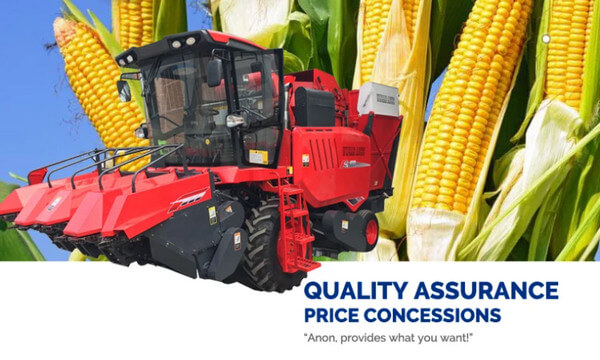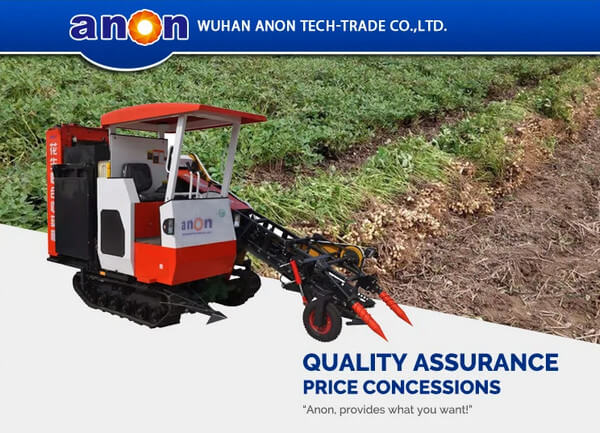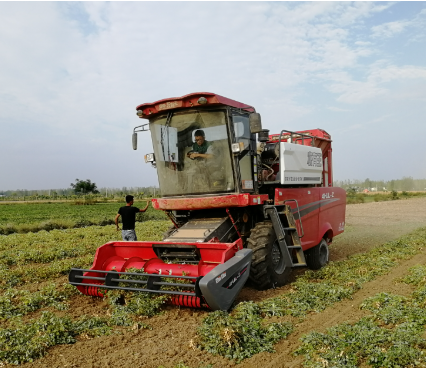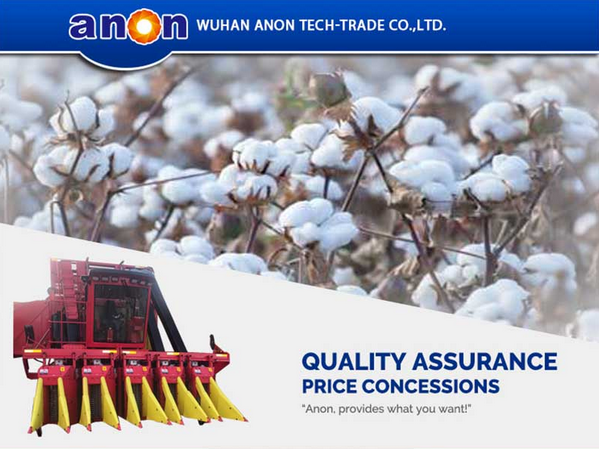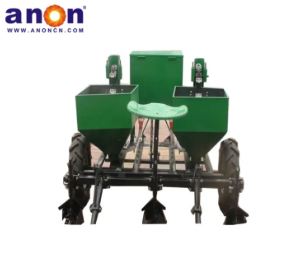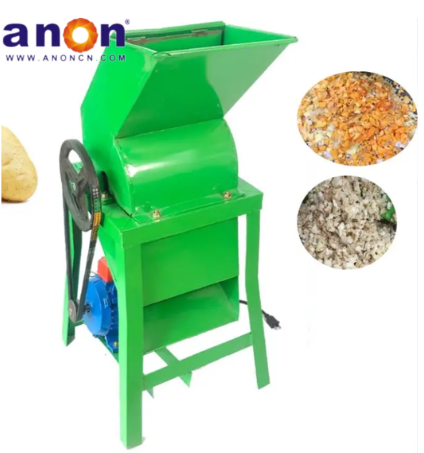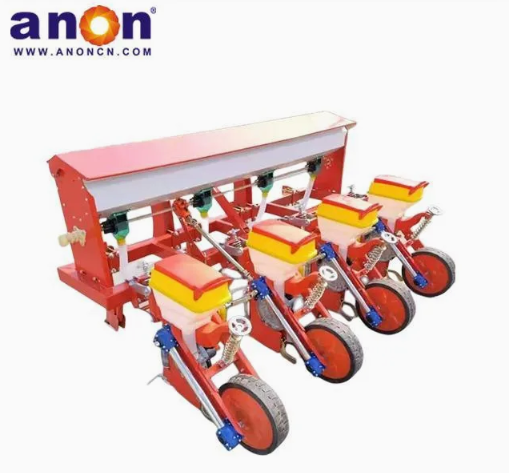Introduction
In modern agriculture, combines are almost essential. They can complete tasks like harvesting, threshing, and cleaning in one go. As a helpful tool for farmers, it’s very important to understand the factors that affect their costs. In this article, I will introduce the basic types and prices of harvesters, the factors that influence their cost, and some additional expenses beyond just buying the combine harvester.

Basic types and price ranges of combine harvesters
The price of a combine harvester is affected by many factors, including type, features, brand, size, and whether it is new or old. The most common classification is based on the machine’s feed capacity (also known as mowing width). This categorizes machines into small, medium, and large types. Therefore, I’ll organize the prices based on the size of the machine.
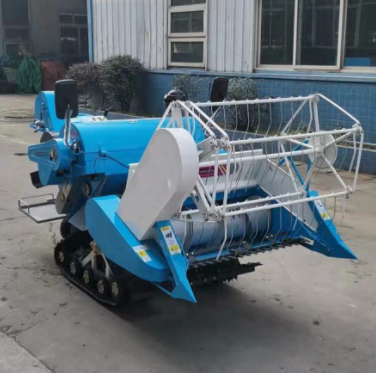
Small combine harvester
Small combines are usually suiting for small farms because they are compact and more flexible. They perform well in complex terrains or areas with many curves. You can also use them as support equipment to help harvest fields that larger combines cannot reach.
Kubota: For example, the Kubota DC-70, the price is between $30,000 and $50,000.
Yanmar: For example, the Yanmar 4LZ-4.5, the price is between $26,000 and $50,000.
ANON: For example, the ANON 4LBZ-150, the price is between $24,000 and $26,000.
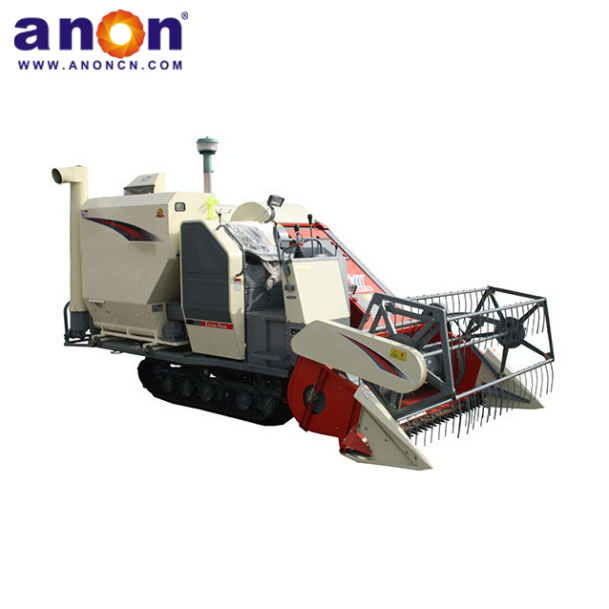
Medium combine harvester
Medium-sized combines are widely used in agriculture. They can work efficiently in various types of terrain. They are suitable for large farms in flat areas as well as small farms in hilly regions, making them an ideal choice for cross-region operations.
Kubota: For example, the Kubota DC-95 is priced between $63,000 and $100,000.
Foton Lovol: For example, the Leopard LZ2084 series is priced between $63,000 and $108,000.
Large combine harvester
Large combines have a much wider cutting width than small and medium combines, which makes them more efficient. They are suitable for harvesting large fields and can quickly complete large-scale harvesting tasks.
John Deere: For example, the S660/S680/S690 series, priced between $140,000 and $260,000.
New Holland: For example, the CR9.90, the price is between $140,000 and $290,000.
CLAAS: For example, the Lexion 600/700 series, the price is between $215,000 and $358,000.
CASE IH: For example, the Axial-Flow 9250/9230 series, the price is between $186,000 and $286,000.

Factors affecting the combine harvester prices
Of course, there are many factors that affect the price of a combine, and you should choose based on your own needs. I will explain the factors that can influence the price of a combine.
Current market demand
One of the most important factors is the current market demand. When demand increases but supply cannot keep up, the price of combines usually goes up. On the other hand, if demand drops and supply exceeds the need, prices will fall. So, it’s important to plan your purchase in advance based on your needs, to avoid delays in your harvesting plans if demand exceeds supply.
Especially when you need to purchase from overseas, it’s important to plan ahead. You can’t always guarantee that the factory will have stock available, and shipping by sea will also take time. In short, it’s essential to prepare your purchasing needs in advance.
Region
The price of combine harvesters also varies by region. Different regions, such as North America, Europe, Asia, and South America, have different prices due to varying planting environments and market conditions. Generally speaking, combine harvesters in the Americas and Europe are relatively expensive, while those in the Asian market offer a balance of high-end and affordable options at relatively lower prices.
Brand and model
From the brands and prices I mentioned, you can see that the price of a combination varies depending on the brand. Well-known brands such as John Deere and Case are known for their high quality and are also industry leaders in durability and advanced technology. They usually have higher market visibility and brand value. However, advertising costs are also included in the price of the combine, making it more expensive compared to other brands.
Even within the same brand, different models of combines can have different prices due to differences in performance, features, and technical specifications.
Type
Did you know? Combines can be classified not only by size but also by the type of crops they are designed to harvest. Combines are often named after the crops they can harvest. For example, rice-wheat combines can harvest both rice and wheat, while most others are made for only one type of crop, such as corn combines, silage combines, peanut combines, sugarcane combines, cotton combines, and garlic combines.
The design and technology of combines for harvesting different crops can vary, so the prices may be different as well.
Features and functions
Some features also affect the price of a combine harvester. For example, some machines are equipped with advanced GPS systems, autonomous driving systems, and data tracking capabilities, which can better help farmers optimize harvesting operations.
Capacity
No matter the type of combine, it will be equipped with a grain tank to temporarily store the harvested crops, allowing them to be transferred to a transport vehicle. The size of the grain tank also affects the price of the combine. The tank’s capacity directly impacts the combine’s performance and range. Generally, the larger the capacity, the higher the efficiency and the higher the price.The larger the grain tank, the larger the overall machine, and the higher the price. Therefore, you must choose a machine that suits your needs.
Usage time
Of course, the usage time of the machine will also affect the price of the combine harvester. There are second-hand combine harvesters on the market, but due to their high usage, their prices may be lower due to depreciation. Therefore, their prices are lower than those of brand new combine harvesters. A brand new combine harvester can cost anywhere from $100,000 to $500,000, while a used one costs only about $100,000 to $150,000. Both new and second-hand combine harvesters have their own advantages. For many farmers, purchasing a second-hand combine harvester may be a more economical and efficient solution. Although second-hand machines are cheaper, they can still perform a series of harvesting operations excellently. Of course, it is recommended to purchase a new machine when the budget is sufficient, so you need to carefully consider these two options.
Attachments and customization
The attachments on a combine not only enhance its functions and improve harvesting efficiency but also directly affect its final price. Generally, combining with more attachments will have a higher price. For example, to achieve multi-purpose functionality, cutting heads and threshing drums, cleaning screens, and straw processing devices are customized for different crops. For muddy and uneven terrain, widened or rubber tracks are selected, and protective covers and dust nets are added to some key components.
Another factor is the customization of the combine. If you buy directly from the factory, they can design and build the machine according to your specific needs. Of course, custom designs usually add to the production cost, so customized combinations tend to be more expensive.
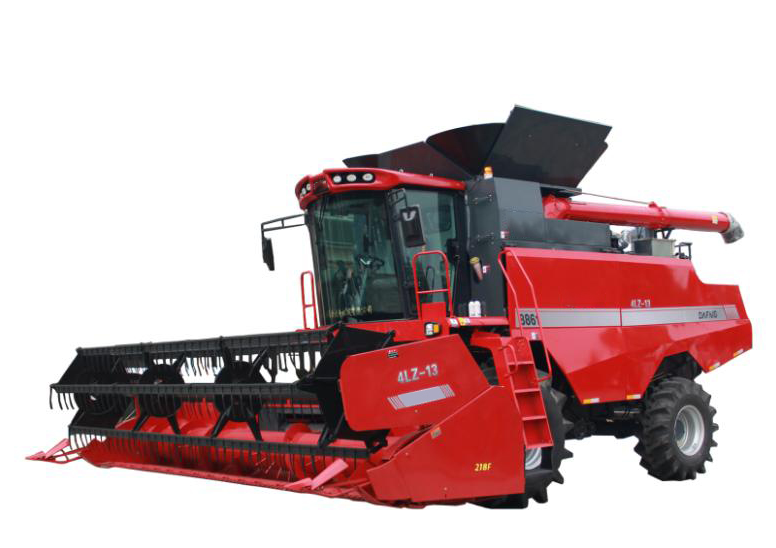
Other costs when purchasing a combine harvester
In addition to the factors mentioned above, there are also other extra factors that can increase the price of a combine, which you should consider when making your purchase.
Transportation and installation costs
When you buy a combine, you also need to consider the cost of shipping and installation. If you’re buying from overseas, the shipping cost may vary depending on the timing. It’s a good idea to buy when shipping fees are lower, or it could add extra costs.
Another cost to consider is the installation fee. Some combinations may require an engineer for installation, which is an additional expense.
Repair and maintenance costs
To extend the life of your combine, you need to follow the manual for proper maintenance. If a combine needs frequent repairs, it will not only reduce your harvesting efficiency but also lead to high costs. So, when choosing a combine, it’s important to pay attention to reviews and feedback about the machine.
Fuel and operating costs
Did you know? Operating a combine requires a lot of fuel. The cost of running a combine depends on its size, engine type, and efficiency. In addition, you may also need to consider factors that can affect the engine, such as lubricants and filters.
Insurance
Ensuring your combine harvester is a wise investment. Insurance can minimize your losses in the event of damage or theft of the machine.
How to choose the right combine harvester
After understanding the factors influencing the price of combine harvesters, how do we choose the right one for our needs?
Farm size
Based on the scale of your farm, you can determine whether you need a large or medium-sized harvester. Generally, large farms require large harvesters, while small farms can choose medium-sized harvesters.
Crop type
You need to assess your crop type. Harvesters are generally designed and manufactured according to the characteristics of each crop, so it’s essential to choose a harvester suitable for your crop. If you want a machine that can perform multiple functions, you can customize the header and other accessories.
Budget
Consider how much you are willing to invest in a combine harvester. This will allow you to compare whether purchasing a brand-new or used machine better meets your needs.
Brand
Machines from leading brands are widely favored for their durability and efficiency. Paying attention to the brand when purchasing a combine harvester can also provide a certain guarantee of quality.
Conclusion
I hope that after reading this article, you have a better understanding of combined prices, which will help you choose a cost-effective machine. At ANON, we are dedicated to exporting agricultural machinery, and our combines are sold in many countries around the world. We believe our machines can meet your needs, and we welcome you to contact us!
FAQ
What is the difference between a harvester and a combine?
So, the main difference between a combine harvester and a harvester is that a combine harvester is a more advanced and versatile machine that combines multiple functions in one, while a harvester can refer to any machine used to harvest crops, regardless of whether it performs multiple functions or just one.
What is the life expectancy of a combine harvester?
it could have 4,000-5,000 engine hours and 2,500-3,000 separator hours or more. The depreciation of the machine slows over time. By the time it reaches 17-20 years old, typically, the value of the machine is 10-20% of the original value when the machine was new.
How much fuel does a combine burn?
Consumption per 1 kilometer is on average 1,2 liters for all measured combines. For newer models, JD 9680 WTS and JD 9880 STS, the consumption is slightly lower.
What are the functions of a harvester?
A “combine harvester” is a machine that “combines” several harvesting operations: cutting, feeding into the threshing mechanism, threshing, cleaning, and discharge of grain into a bulk wagon or directly into bags.
What’s the best time to buy a harvester?
From August to December is kind of a dead zone in terms of harvest equipment purchases. It’s too early for most people to start thinking of harvest equipment. But in reality, it’s one of the best times to buy.
What maintenance is required after daily operations?
After operations are completed, first remove straw, dirt, grain, and other debris from the equipment surface, paying particular attention to cleaning the cutting platform, rollers, sweeping net, and radiator.
Inspect components such as blades, rollers, and conveyor belts for wear or looseness, and tighten bolts as needed. Drain water and sediment from the bottom of the fuel tank, check the engine oil, hydraulic oil, and coolant levels, and top up any missing fluids. Clean the air filter.
Check tire or track pressure to ensure normal startup for the next day’s operations.
Which manufacturers produce the most reliable combine harvesters?
Among numerous brands and models, John Deere and CNH are the two most popular and trusted manufacturers of combine harvesters, whose products dominate the US market.


